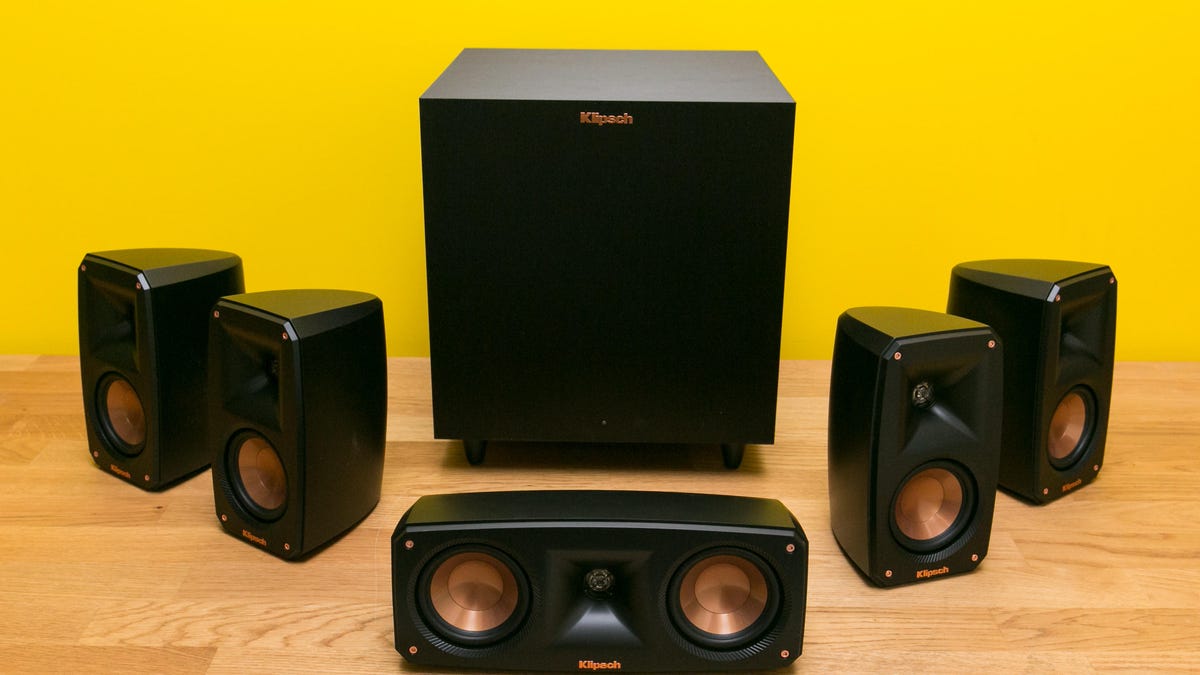Soundbars offer a lot of performance in a compact package, and cost much less to get up and running than a speaker system. You can even choose one with advanced features such as Dolby Atmos and Wi-Fi streaming. Some soundbars offer an upgrade path including optional subwoofers and rear speakers which is a great feature.
If you want to truly mix and match speakers, however, an AV receiver is for you. Unlike soundbars, receivers are able to support many more sources including record players and FM radio with six or more HDMI inputs. You can start your system with just a couple of stereo speakers, but given you can get a full 5.1 Klipsch system for under $500 you don’t really need to wait.
Home theater systems are notoriously difficult, with several options and technical specifications to choose from. Here are the most important factors to consider.
Channels
An audio channel is a stream of data encoded into its source, like music or a movie soundtrack. Music is often encoded with two channels, left and right, called stereo sound. These two channels play distinct and separate audio signals, giving you wideness or a panning effect in your sound. The newest movies and TV shows will have several channels of audio data encoded into their source material. If you’re looking for the full surround-sound experience, you’ll need more channels in your speakers or more speakers to support more channels.
Subwoofer integration
Designed to produce low-pitched frequencies, subwoofers add power and dimension to your sound. If you plan on enjoying the full scope of your audio, you’ll want a home theater system with subwoofer integration or an option separate connectivity.
Connectivity
You’ll want to consider your system’s connectivity to make sure all your loose cables are put to use. The most common analog audio connection is a single pair of audio RCAs (the red and white connectors), while a Digital Coaxial (or digital coax) is most common for digital audio. If you’re hoping for a wireless experience, many home theater systems come equipped with Bluetooth or wireless connectivity options to minimize wires. HDMI, or High-Definition Multimedia Interface, use cables to simultaneously transmit digital video and audio. Make sure you know which types of connectivity your TV or projector supports before making a purchase.
Dolby Atmos capability
Dolby Atmos is a technology that adds height channels to traditional stereo and mono audio formats to create a three-dimensional audio experience. If you’re looking for a more realistic and immersive audio experience, you’ll want to make sure your home theater system supports Dolby Atmos.
Read the full article here


